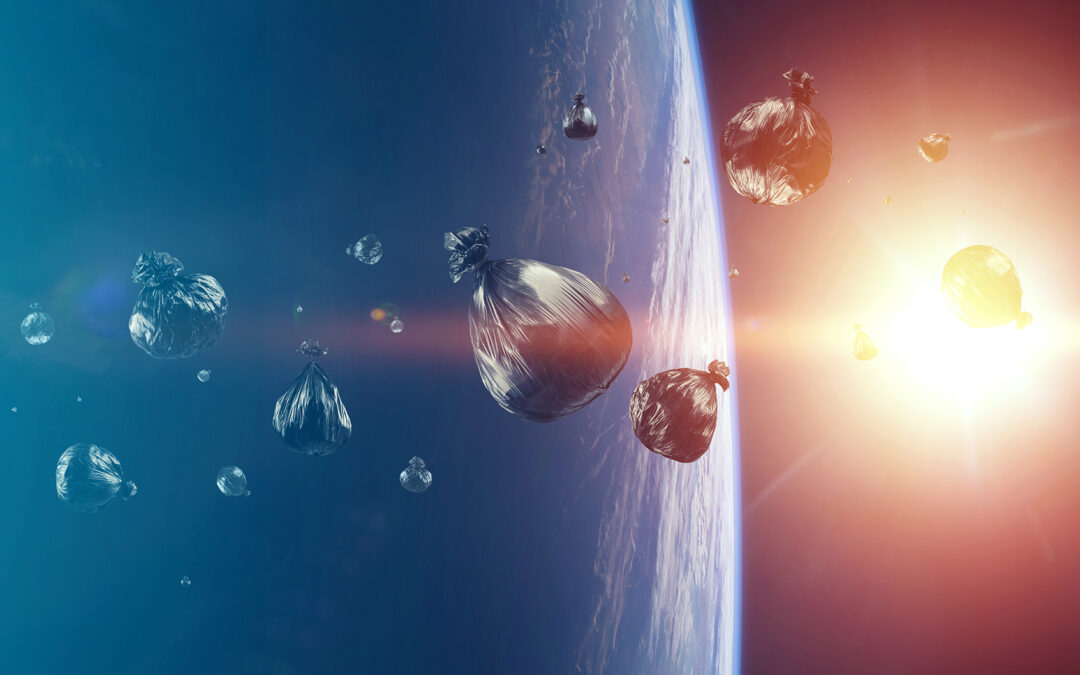By Pascal Wauthier, Chairman, the Space Data Association
Space debris is a rising problem for a number of reasons. One of the main factors is that there are simply more satellites in space than ever before and that number is expected to rise dramatically over the coming years, particularly in LEO – perhaps by a factor of five or even ten. At the same time our knowledge of what is already in orbit is improving thanks to new sensors able to track smaller objects, and we may have orbit knowledge for as many as ten times more than we have today. While more knowledge should make it easier to reduce the risk of collision, debris remains a massive challenge and one that needs to be resolved.
Tackling Existing Debris
Collisions and mainly other debris-generating events are still happening, which further adds to the orbital debris population each time. One of the main areas of activity in tackling debris is that of Active Debris Removal (ADR). A number of different companies have been actively developing ADR capabilities over recent years. Many of these are now nearing their operational demonstrations, with a number of providers developing and offering ADR solutions. These could be game-changers, as they could potentially drastically reduce the amount of debris in orbit.
As well as ADR, On-Orbit Servicing (OOS) is now technically mature, helping to extend missions and reduce orbit traffic.
Tracking objects
Knowing where objects are is naturally important, both for spacecraft and debris. Currently there are a number of different ways to obtain positional knowledge of objects in space. These include the 18th Space Control Squadron, the space operator community through the Space Data Center (the operational arm of the Space Data Association), EU SST (Space Surveillance and Tracking) service and commercial SSA service providers such as COMSPOC.
Because the SDC uses operator data including planned manoeuvres, it is able to give reliable conjunction warnings because it considers the future satellite orbit. However, as the number of objects increases, including debris large enough to terminate missions but too small to track with current systems, we will need even better systems in place for tracking.
The future of SSA and flight safety
For the future space environment, it will be critical to address the primary needs of SSA and flight safety. This includes:
- Increased awareness and responsibility of all stakeholders,
- Effective SSA to avoid causing more debris,
- Adherence to end-of-life guidelines by all satellite operators,
- Finding new ways to remove existing debris, including the European Space Agency’s ClearSpace-1mission to remove an item of debris from orbit in 2025.
Identifying funding to address these challenges is itself a challenge. As with other tragedy-of-the-commons issues such as pollution, we need to recognise there is a problem and funding will have to come from somewhere to address it. We will likely need national governments to cover at least some, if not all, of that cost or somehow incentivise operators to do so.
The Space Data Association represents an effort from spacecraft operators to self-regulate and preserve the space environment, by sharing operational data such as ephemerides (going beyond what international regulations require). Still, the SDA alone cannot solve this challenge and that is why the SDA is also making an effort to educate all stakeholders on the challenge we are facing and promote industry-wide best practices.
Our Technical Advisor, Dan Oltrogge of COMSPOC, who is responsible for running the Space Data Center, recently spoke to the Economist about these issues.

